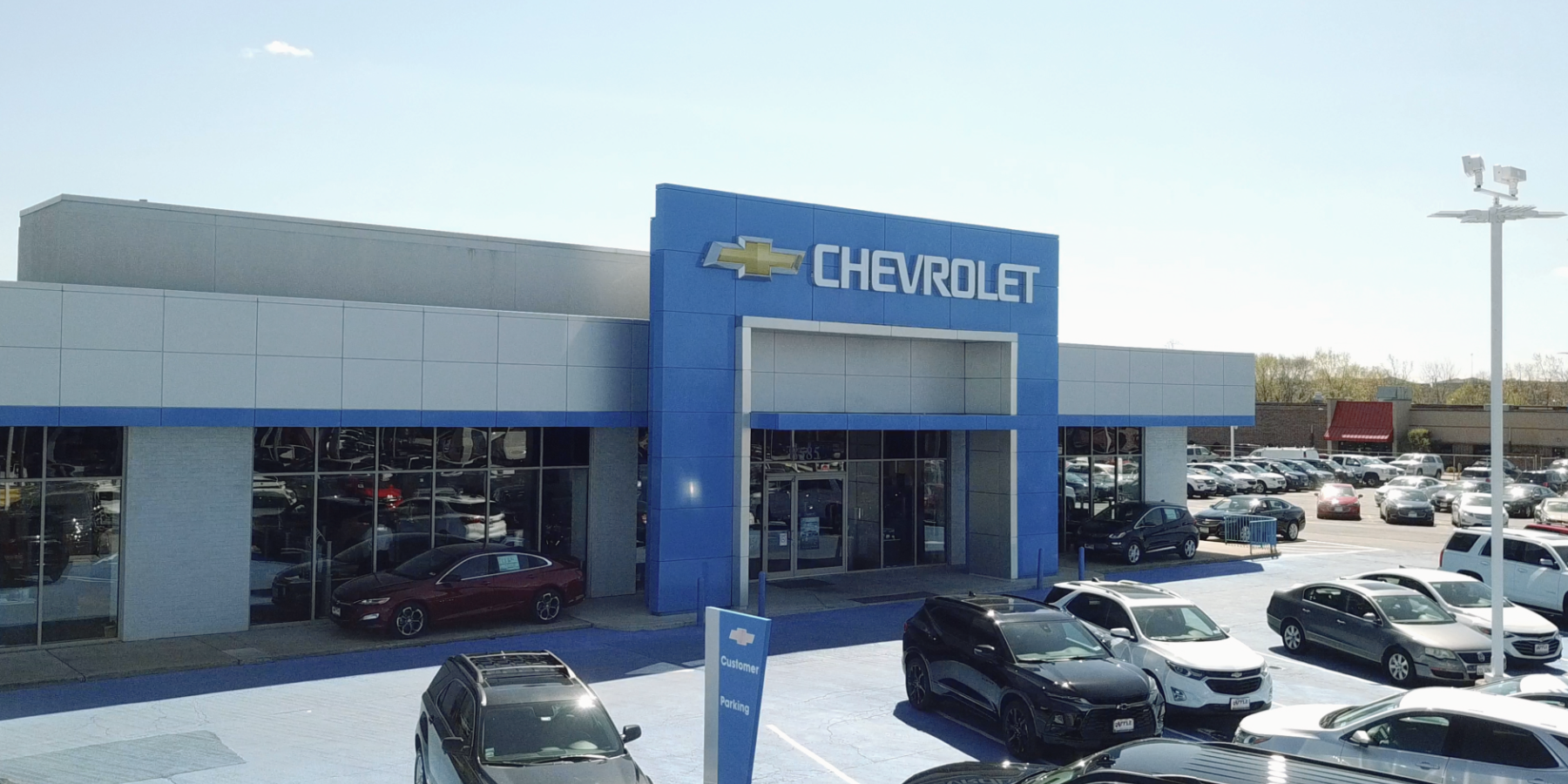Hall of Fame Struggles to Keep Doors Open
By Tom Murphy
WardsAuto.com, Oct 1, 2009 9:07 AM

Hall of Fame Interior
The mission of the Automotive Hall of Fame is to celebrate the industry’s accomplishments of the past, but for now it is struggling with a massive budget shortfall that severely jeopardizes its future.
The Dearborn, MI, museum, which opened in 1997 on land adjacent to the Henry Ford museum, gets most of its funding from auto makers and suppliers, some of which have gone through bankruptcy recently or are still there.
As a result of depressed vehicle sales, many companies that gave in 2008 have said they cannot afford a contribution this year, cutting nearly in half the budget to support the non-profit organization, says Jeffrey Leestma, president of the Automotive Hall of Fame.
“We’re a microcosm of what’s happened in the industry,” Leestma says. “As the industry goes, so we go.”
Budget reductions have become a way of life at the museum, where some staff cuts have been made and positions eliminated. There are only three paid employees, including Leestma, and a half-dozen volunteers to keep the building open seven days a week through summer and five days a week the rest of the year.
Leestma says his organization is seeking new revenue streams, such as affordable family memberships, and making the building available for private events. But the Hall of Fame can count on only a handful of those a year.
Attendance also is down. Some 20,000 people have visited the hall annually since 1997, but this year Leestma expects about 15,000.
Leestma shudders when asked if the Hall of Fame is at risk of closing its doors.
“I’m not ready to raise the white flag yet,” he says. “The Automotive Hall of Fame is worth saving. The industry is down on its luck, and everyone is feeling it. But this is a great repository of great stories and great people, and it’s worth keeping. If it were to go away, it would go away forever.”
Despite its bleak finances, the Hall of Fame prepares to induct five new members on Oct. 6 in a ceremony at the Ford Community & Performing Arts Center nearby on Michigan Avenue.
This year’s inductees are:
- Craig Breedlove (born in 1937), first person to break the 400-, 500- and 600-mph (643-, 804- and 965-km) land-speed records.
- Richard D. Caleal (1912-2006), head of advanced styling for Ford Motor Co. and designer of the ’49 Ford.
- Wunibald I.E. Kamm (1893-1966), pioneering German aerodynamicist.
- Harold K. Sperlich (born in 1929), product-planning genius; chief architect of the original Ford Mustang and Chrysler minivan.
- Mickey Thompson (1928-1988), drag-racing and speed-record pioneer, whose name also is synonymous with off-road racing.
The Automotive Hall of Fame was founded in 1939 in New York City and the following year began awarding the Distinguished Service Citation, given each year to an individual still working in the industry. Ransom E. Olds was among the first recipients.
In 1967, the Hall of Fame began inducting members who had retired from the industry, and the first class consisted of industry giants Walter P. Chrysler, Henry Ford, Charles F. Kettering and Alfred P. Sloan.
As of Oct. 6, there will be 241 inductees. Leestma is confident the museum always will find people worthy of inducting because thousands retire from the industry every year. “That’s the least of our concerns, to find people to honor,” he says.
The selection process begins in the fall when an advisory panel of automotive journalists and historians review a list of up to 50 nominees and earmarks about a dozen as potential inductees.
The Awards Committee, made up of eight members of the Hall of Fame, makes the final selection in January.
The earliest inductees still living are Carroll Shelby and former Ford chairman Donald E. Petersen. They joined the hall in 1992.
The museum is less about vehicles than the people responsible for them, both in the U.S. and abroad. The first international inductees, in 1978, were Gottlieb Daimler and Rudolf Diesel. Ferdinand Porsche joined in 1987 and Soichiro Honda in 1989.
“What we do is very important. We tell the history of the auto industry, not through the sheet metal, through the automobiles, but through the individuals who have made it happen over the years,” Leestma says. “I think this is really a source of pride for the industry.”

